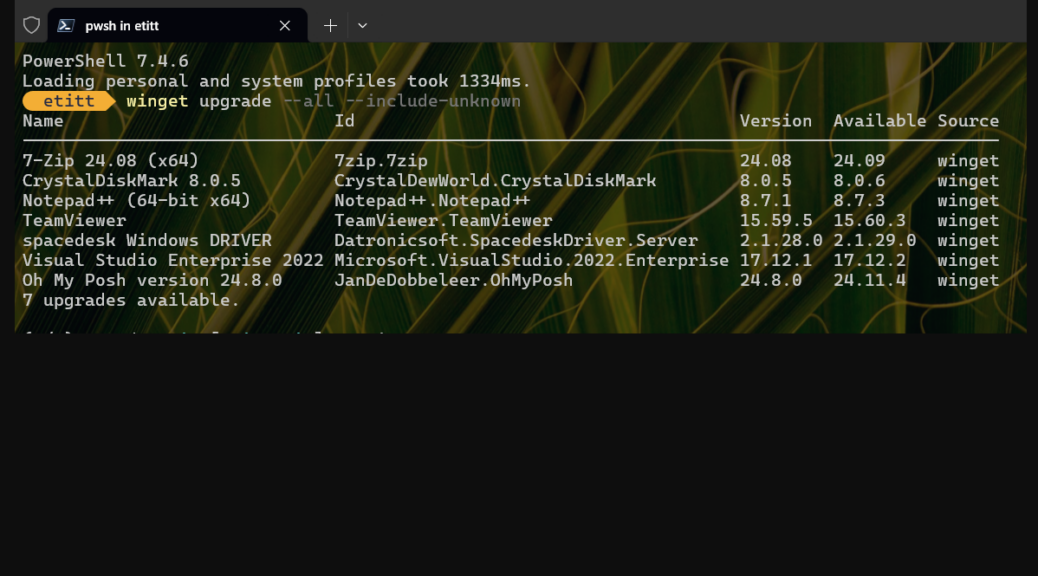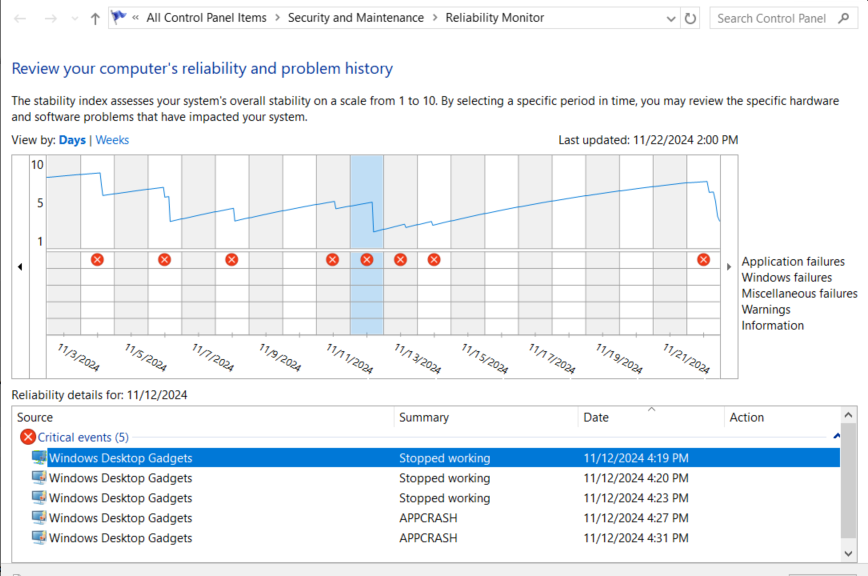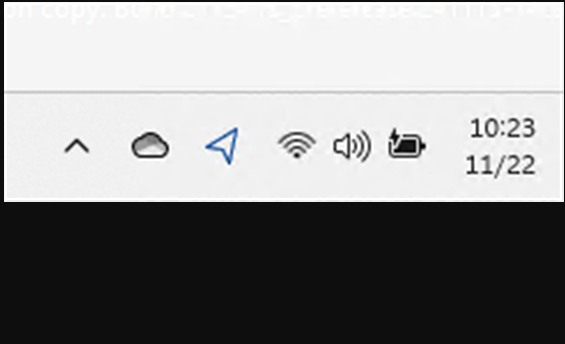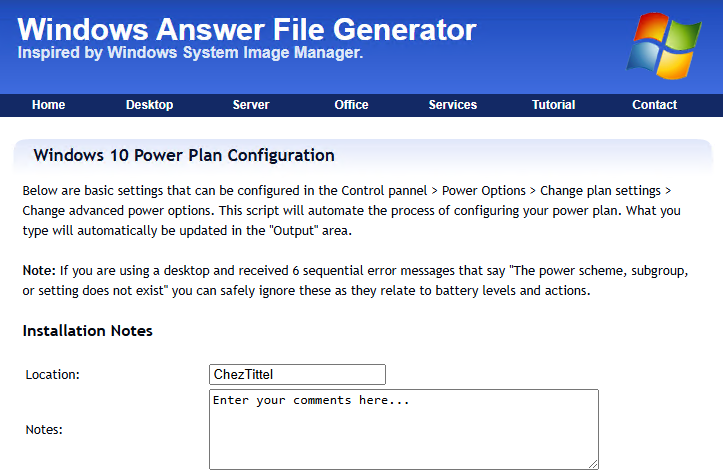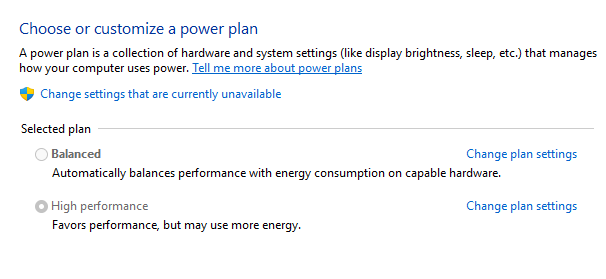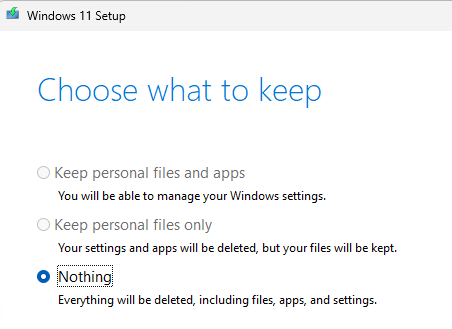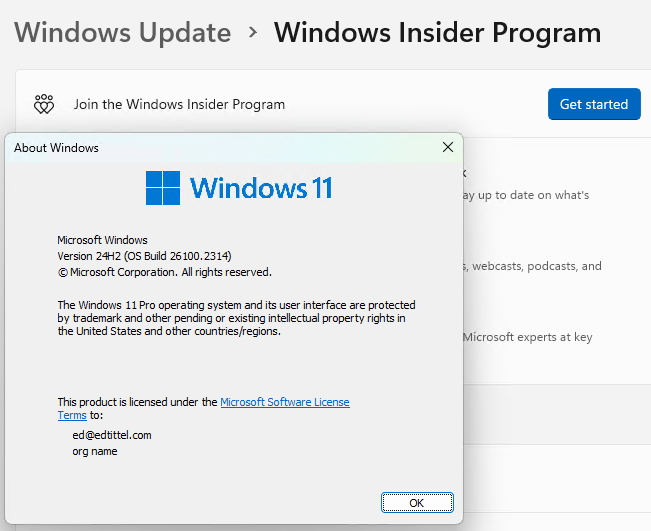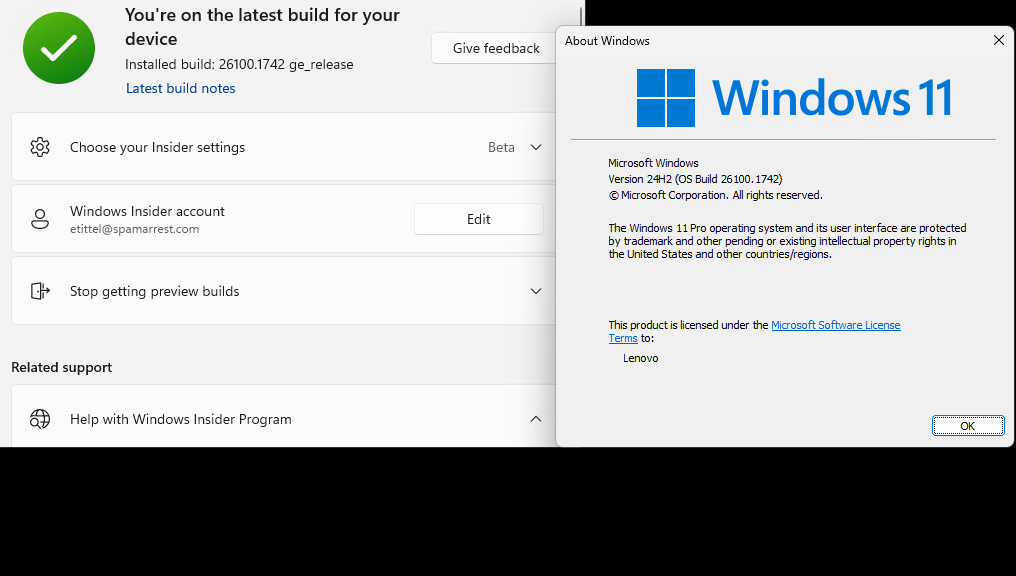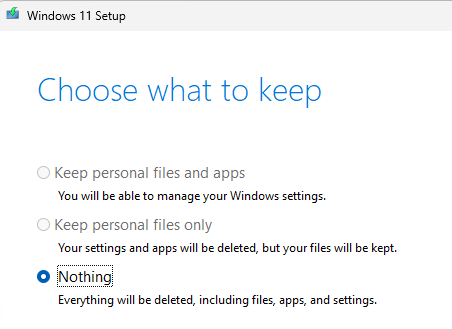An interesting Windows wart has gone missing in the latest Canary release (Build 27754, installed November 21). This is where you run DISM /online /cleanup-image /StartComponentCleanup in some Windows version and get a non-zero count when you follow that up with DISM /online /cleanup-image /AnalyzeComponentStore. This makes it impossible to get to zero for the “Number of reclaimable packages” line in that latter command’s output. When, I assert that the latest Canary lacks spurious reclaimables, I mean it shows a zero count as you’d expect it to after a successful cleanup.
Showing That Latest Canary Lacks Spurious Reclaimables
Take a look at the lead-in graphic. The “Number of reclaimable…” line clearly shows 0. Something about earlier updates in Windows 11 (including at least the GA and Beta releases — I just checked) causes the OS to show anywhere from 2 to 13 spurious packages. I define that to mean “non-zero number of reclaimable packages showing after a DISM … /Startcomponentcleanup operation completes successfully.”
Interestingly, the latest Windows 10 release (Build 19045.5198) also shows a zero value when I go through those same manuevers. So it lacks the spurious reclaimables now, too. It’s been showing those, on and off, for at least the past 18 months (see this post for an early report from yours truly). This revelation is simultaneously interesting, odd and mostly meaningless. Why that last adjective? Because this “issue” has no obvious or adverse affects on Windows operations, as far as I can still. Still: it’s NOT TRUE when it shows up.
For Incurably OCD Readers Only…
You can indeed fix this in other Windows 11 versions (e.g. Beta, Developer, Release Preview and GA) if you must. But if history is any guide that fix will last only until you install the next CU (cumulative update). Simply use the “Reinstall now” button under Settings > System > Recovery to perform in inplace repair install on your PC. That will temporarily get DISM … /AnalyzeComponentStore to report zero reclaimables. But again, that changes as soon as you install any CU. Go figure!

